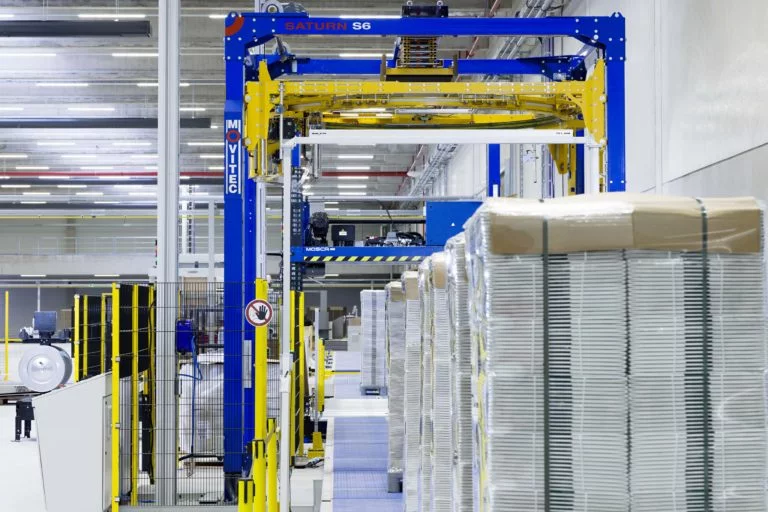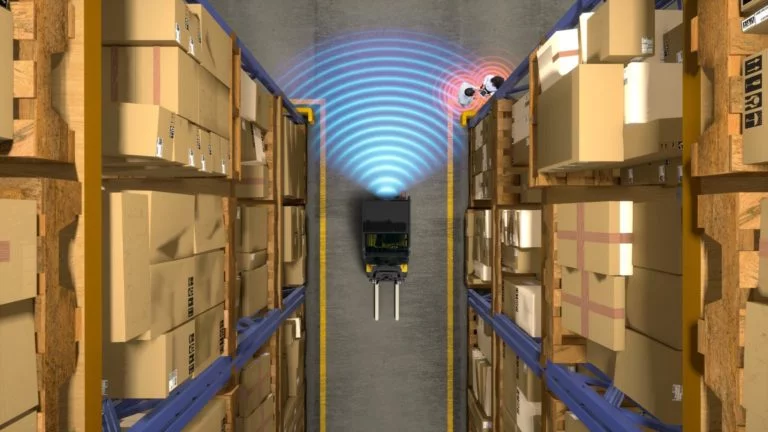The world’s petrochemical industry is in a time of transition. Facing the worst business downturn in a generation due to overcapacity and the stalled global economy, nearly every major petrochemical producer in Europe is reviewing assets for closure. For an industry navigating the transition away from fossil fuels and managing the trade volatility created by the US government, there is enormous pressure to squeeze as much value from existing assets as possible.
That means, despite the significant performance improvements associated with the development of greenfield sites, there is little justification for this level of capital investment. So how can petrochemical companies achieve more efficiency from existing production sites? Wouter Satijn, Chief Revenue Officer, Joloda Hydraroll Group, explores the value of automated loading in reducing cost and risk and improving agility in the petrochemical market.
Volatility in a Challenging Market
Geopolitical turbulence combined with the pressure of transitioning away from fossil fuels is creating unprecedented uncertainty for petrochemical companies globally. Strategic decisions are required that will influence the profitability of businesses for years, even decades to come. Yet alongside vital decisions regarding future low carbon options and exploring raw material innovation, companies must also urgently review current operational processes.
This is an unpredictable market, inspired not only by changing demand patterns but also a US administration creating volatility over trade and decarbonisation policy. To counter this volatility and safeguard margins, petrochemical companies require new levels of efficiency and productivity as well as operational agility. To date, most investment has been focused on manufacturing productivity gains, leveraging automation and digital transformation to improve operational production processes.

However, investment in improving manufacturing performance is not being fully realised in many cases due to the constraints of existing facilities, especially the inability to add loading docks when it comes to ongoing transportation of petrochemical granules, such as polyethylene (PE), polypropylene (PP) polyethylene terephthalate (PET), polystyrene (PS), and polyvinyl chloride (PVC). With unloading and loading processes still predominantly manual, companies are reliant on a dedicated workforce using forklift trucks to move heavy and dangerous items, including toxic, corrosive, or flammable substances.
Unprofitable Cost Model
Legacy processes using forklift trucks can require 45 minutes or more to load each pallet. As a result, loading docks cannot cope with additional volume, creating both bottlenecks in the enhanced production process and adding safety risks for workers responsible for loading trailers. Additional product throughput, combined with the pressure to manually load ever greater volumes puts pressure on space, raising the risk of accidents, especially with dangerous forklift trucks.
For the vast majority of sites, the existing buildings simply cannot be expanded to add loading docks. And while sites can operate 24×7, using as many as five different shifts, recruiting and retaining these staff remains a serious challenge. Staff shortages continue, while companies are also facing the additional cost of employment.
Furthermore, petrochemical is a high risk industry. From chemical exposure to fire and explosion hazards, as well as the issues created when working in confined spaces, including the chances of puncturing Flexible Intermediate Bulk Containers (FIBCs), the additional risks facing workers in this environment add further complexity and cost to recruitment and retention.
Strategic Drive for Automated Loading
With the move to a greenfield site not an option, petrochemical companies need to make better use of the existing facility. Having enhanced manufacturing processes, the focus has now turned to the enormous loading productivity gains that can be achieved through automated loading.
Replacing existing slow, expensive and high-risk manual loading with automated solutions transforms efficiency, improves worker safety and reduces costs. Trailer loading can be achieved within minutes, with minimal loading staff – and no forklift truck drivers. This improves product throughput, improving end-to-end supply chain performance. The eradication of forklift trucks not only reduces driver costs but also maintenance costs, adding further bottom line benefits.
Critically, automation transforms employee safety. Eradicating the reliance on forklifts avoids human error, cutting the chance of accidents that could lead to exposure to hazardous materials. By minimising the need for employees to handle dangerous loads, companies can both safeguard the workforce and reduce the chance of product damage, with the associated impact on the supply chain. Further cost benefits can be achieved by minimising recruitment requirements: with no need to struggle to recruit skilled forklift drivers, petrochemical companies can instead upskill existing staff to undertake added value activities.
Adding Buffering to Fully Automate
Automation in loading is a strategic move to ensure predictable, high-throughput operations that reduce bottlenecks and maximise asset utilisation. Better control, certainty and reducing the risk of product damage during the loading and unloading processes is transformative. The additional inbound and outbound loading certainty can feed into greater productivity throughout the manufacturing process, ensuring companies maximise the investment in manufacturing digital transformation.
Automatic loading solutions can also include buffering to further optimise outbound material flow. Using buffering, the loading process is executed on a load-by-load basis, automatically taking production unit loads and efficiently preparing optimal truckloads across one or multiple loading bays. Connecting load buffering solutions with any upstream manufacturing or warehouse pallet flow, such as production line pallet conveyors, ASRSs and AGVs, as well as integration to any major ERP or WMS, creates a fully automated approach, with goods automatically and optimally handled directly from production through to load.
Full automation further improves the working environment. In addition to eliminating the risk of injury, the addition of load buffering and end-to-end integration reduces workplace stress and makes an otherwise complex, sometimes unpredictable environment, much easier to manage.
Leveraging Insight to Drive Continuous Improvement
In a volatile petrochemical market, cost management and operational agility are now paramount. Full loading automation improves business agility, adding significant throughput while simplifying loading, enabling petrochemical companies to effectively manage both changes in demand and any evolution within production processes. Furthermore, with the real-time insights delivered by automated loading, petrochemical companies can improve traceability and decision-making, supporting continuous improvements.
Automatic loading is part of broader digital transformation. It delivers long-term value not only in performance, reliability and reduced operating costs, but in creating a foundation for the greater agility and responsiveness required to safely manage market volatility.











